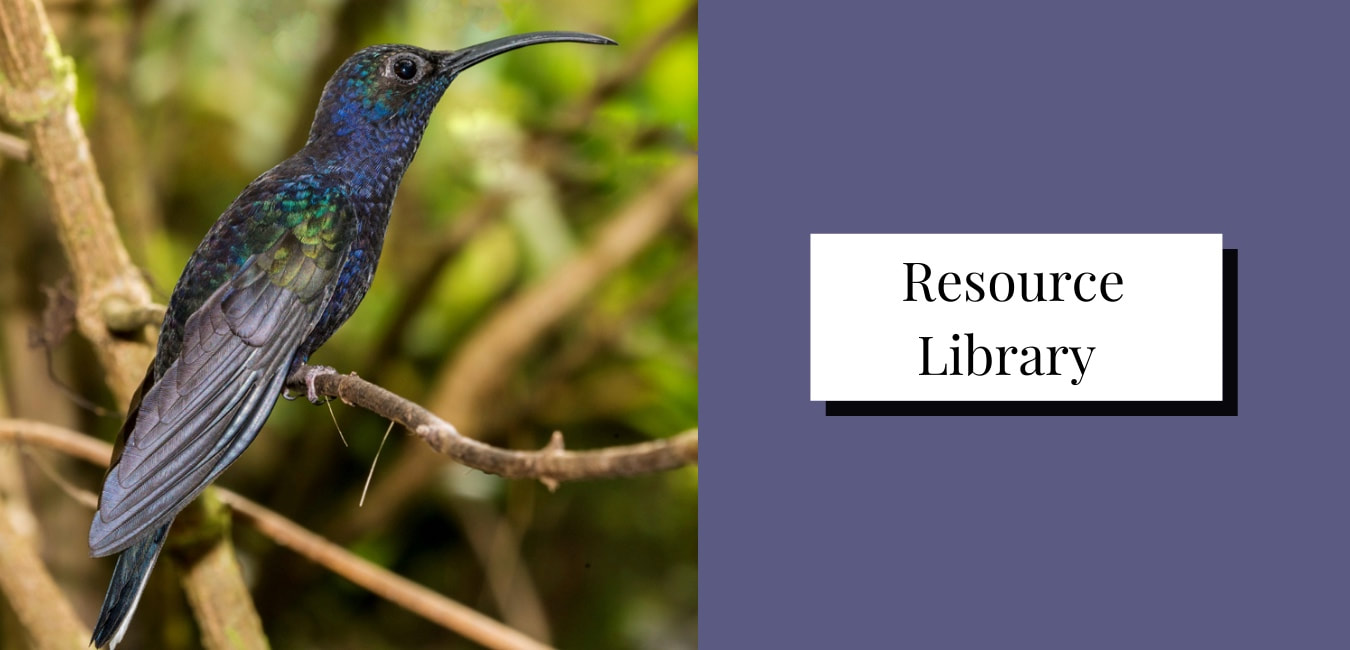It’s amazing what we don’t know about hummingbirds. Did you know that the nests of about 31% of the most threatened and endangered species are still a mystery to researchers? Or that 67% of these species have never been seen in human-made habitats such as gardens, parks, agricultural fields, or at artificial feeders?
Educating students of all ages about hummingbirds and their conservation needs, while also providing opportunities to engage in hummingbird-inspired scientific investigations, is a primary goal of HCNs. Learning about the natural world increases understanding about the “give and take” reciprocity of the living environment, such as the pollination interaction between hummingbirds and the flowers that they visit and establishes a particular appreciation for the coexistence of humans and wildlife.
In an effort to make education more accessible to anyone interested in hummingbirds, HCNs is building a centralized database of hummingbird-related resources that will be available through our website. You can expect to find monitoring reports, educational content, HMN's published research papers, and more!
These resources can be found here. If you would like to share or reuse any of this content for educational purposes, we do ask that you please contact us first for permission. If you're looking for quick facts about hummingbirds, check out our About Hummingbirds page as well!
Educating students of all ages about hummingbirds and their conservation needs, while also providing opportunities to engage in hummingbird-inspired scientific investigations, is a primary goal of HCNs. Learning about the natural world increases understanding about the “give and take” reciprocity of the living environment, such as the pollination interaction between hummingbirds and the flowers that they visit and establishes a particular appreciation for the coexistence of humans and wildlife.
In an effort to make education more accessible to anyone interested in hummingbirds, HCNs is building a centralized database of hummingbird-related resources that will be available through our website. You can expect to find monitoring reports, educational content, HMN's published research papers, and more!
These resources can be found here. If you would like to share or reuse any of this content for educational purposes, we do ask that you please contact us first for permission. If you're looking for quick facts about hummingbirds, check out our About Hummingbirds page as well!



